Savio Valley, what to see: 6-step itinerary
The Savio Valley, located in southern Romagna, stretches from the headwaters of the Savio River near Mount Fumaiolo to the city of Cesena. The stream springs from the slopes of the mountain, which is one of the valley’s main natural attractions. Along the course of the stream are villages such as Bagno di Romagna, known for its thermal baths dating back to Roman times, and Sarsina, an important historical and cultural center, renowned for being the birthplace of the playwright Plautus and for the National Archaeological Museum, which houses precious artifacts from Roman times. Its territory presents a great variety of natural and cultural landscapes, thanks to the combination of historic villages, mountains, lakes and spa areas.
The valley is characterized by a balance between unspoiled nature and human presence, making it an ideal destination for those seeking a travel experience that combines relaxation with cultural and historical discovery. Natural attractions include the lakes of Acquapartita and Pontini, perfect for sport fishing activities and relaxing walks. The National Park of the Casentino Forests, Mount Falterona and Campigna, which also extends partly into the valley, offers numerous hiking trails immersed in the wilderness, ideal for lovers of walking and trekking. The history of the Savio Valley is also deeply linked to its geographical and political vicissitudes: medieval villages such as Mercato Saraceno and Verghereto preserve traces of the past, from ancient fortifications to small local museums. The places were besides involved in disputes between local lordships and the Papal State, which left indelible marks on the urban and cultural fabric of the valley. Here are 6 must-see stops on an itinerary that we recommend you follow.
1. Cesena
The traces of the Malatesta family are still clearly visible in every corner of Cesena, leaving a deep mark on the city’s history. The city walls, also portrayed by Leonardo da Vinci, enclose the Biblioteca Malatestiana, inaugurated in 1454 and included in the UNESCO Memory of the World register, along with the Rocca that rises over Romagna to the Adriatic, the 19th-century Alessandro Bonci Theater and the Masini fountain, an example of late Mannerism in the center of Piazza del Popolo. The Biblioteca Malatestiana is the first civic library in Europe, founded at a time when libraries were reserved for the Church or wealthy private individuals. It is also the only extant example of a humanist library that is completely intact in both building and furnishings and books, with a collection of 345 manuscripts and 48 printed volumes. Atop the Garampo hill, the Rocca Malatestiana dominates Cesena. The building is a Malatesta work begun in 1380 by Galeotto Malatesta and continued by his successors, Andrea and Malatesta Novello, before being completed in 1477 under papal rule. The internal walkways and panoramic terraces, from which one can admire Cesena and the surrounding landscape from the mountains to the sea, can be visited. At the center of the Court are the two towers, the Male and the Female, which house the Museum of Agricultural History, the ancient prisons and a display of jousting weapons. Other notable buildings include the Cathedral of St. John the Baptist from 1385, an example of 14th-century Gothic architecture commissioned by Andrea Malatesta, and the Palazzo del Ridoto, home to beautiful 18th-century frescoes.
Not far from the center, on the Spaziano hill, stands the ancient Abbey of Santa Maria del Monte. The basilica is deeply rooted in the lives of the people of Cesena, as evidenced by the collection of ex-votos, a series of votive images that recount centuries of devotion and thanksgiving to the Virgin for her protection in times of trouble. The church’s artistic heritage is also of great interest, particularly the dome frescoed by Giuseppe Milani of Parma in the 18th century. The complex also houses the Ancient Book Restoration Laboratory, which specializes in the recovery of ancient texts on paper and parchment. Between Cesena and Bertinoro, Villa Silvia-Carducci, an 18th-century villa nestled in the rolling green hills, is another place not to be missed. Purchased in 1874 by Countess Silvia Pasolini Zanelli, it became an important cultural salon at the time, frequented by Giosuè Carducci, whose bedroom with its original furnishings is still preserved. The villa also houses the Musicalia Museum, which offers a journey into the world of mechanical music.
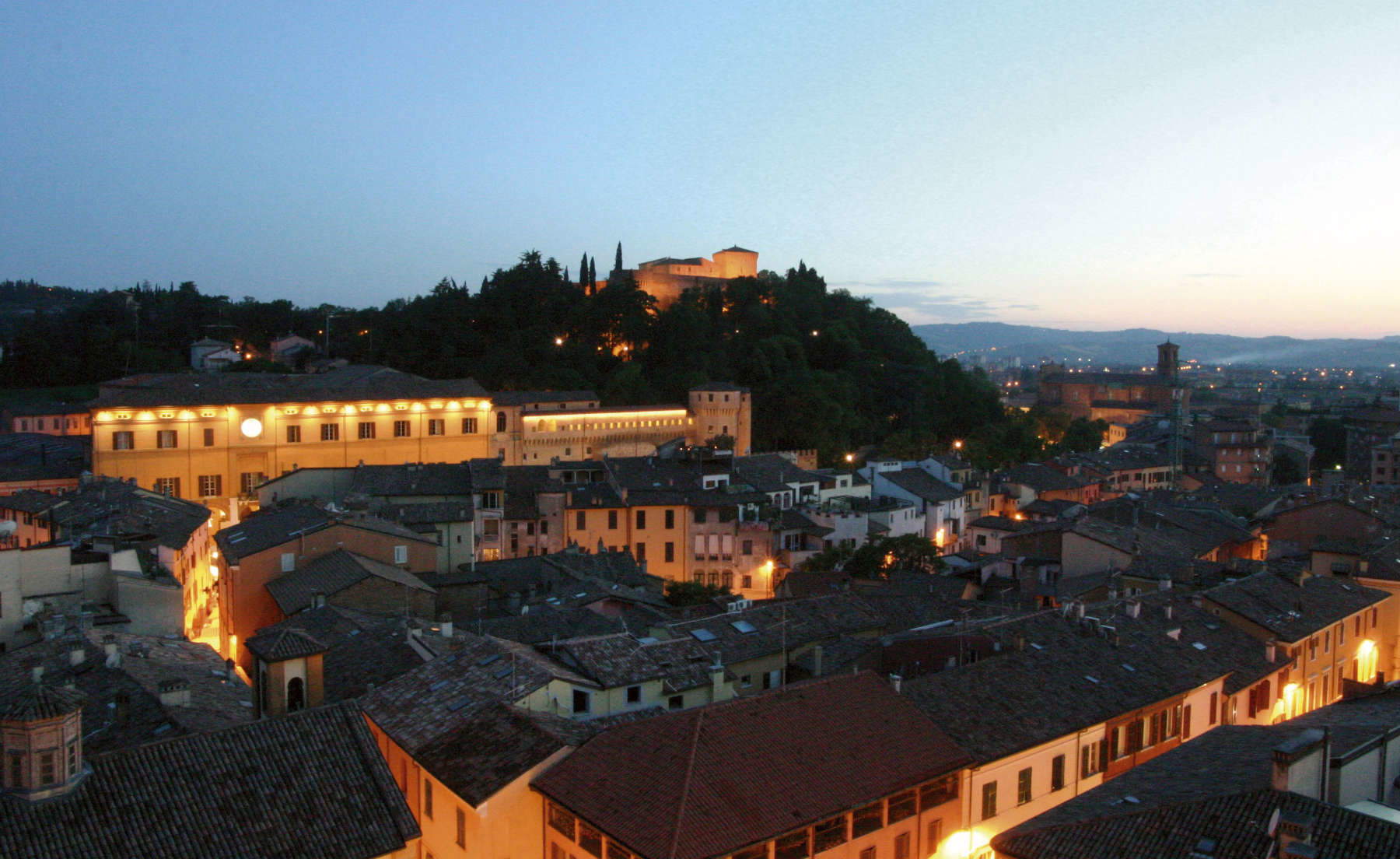
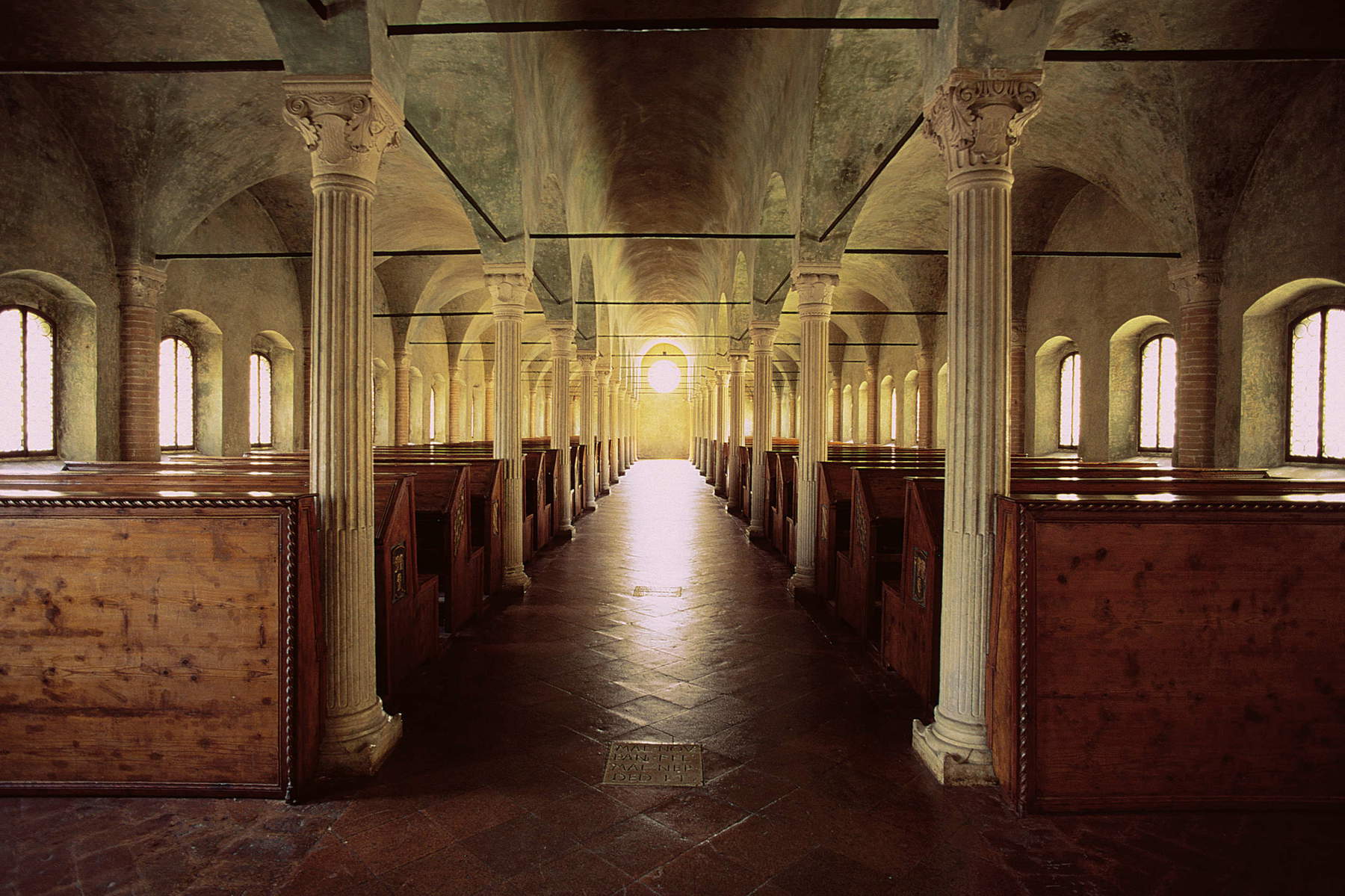
2. Bagno di Romagna
Bagno di Romagna, located in the Savio Valley, is a destination that combines wellness and nature, making it an ideal destination for those seeking relaxation and outdoor activities. The renowned thermal baths, known since Roman times, offer natural hot waters with therapeutic properties. As early as 266 B.C., the Romans understood the healing properties of the local hot springs and built a temple and a busy spa complex on them, also mentioned in the Epigrams of Martial.
The village is surrounded by the Casentino Forests National Park, a UNESCO World Heritage Site, which features a network of more than 600 kilometers of trails, mountain biking and trekking routes. Famous are the hikes to the Gnome Trail, a themed trail that fascinates children and adults with local legends about these mysterious creatures. In addition, the Sanctuary of La Verna and theHermitage of Camaldoli, nestled in the forests of the park, add spirituality to a stay that combines culture and nature. Bagno di Romagna holds examples of architecture influenced by Tuscan influences, visible in its buildings and historical monuments. Must-sees include the basilica of Santa Maria Assunta and the Polo Museale d’Arte Sacra, which houses more than 200 works of art. Another interesting attraction is the Ridracoli Dam, a work of engineering surrounded by nature, next to the Idro-Ecomuseo delle Acque.

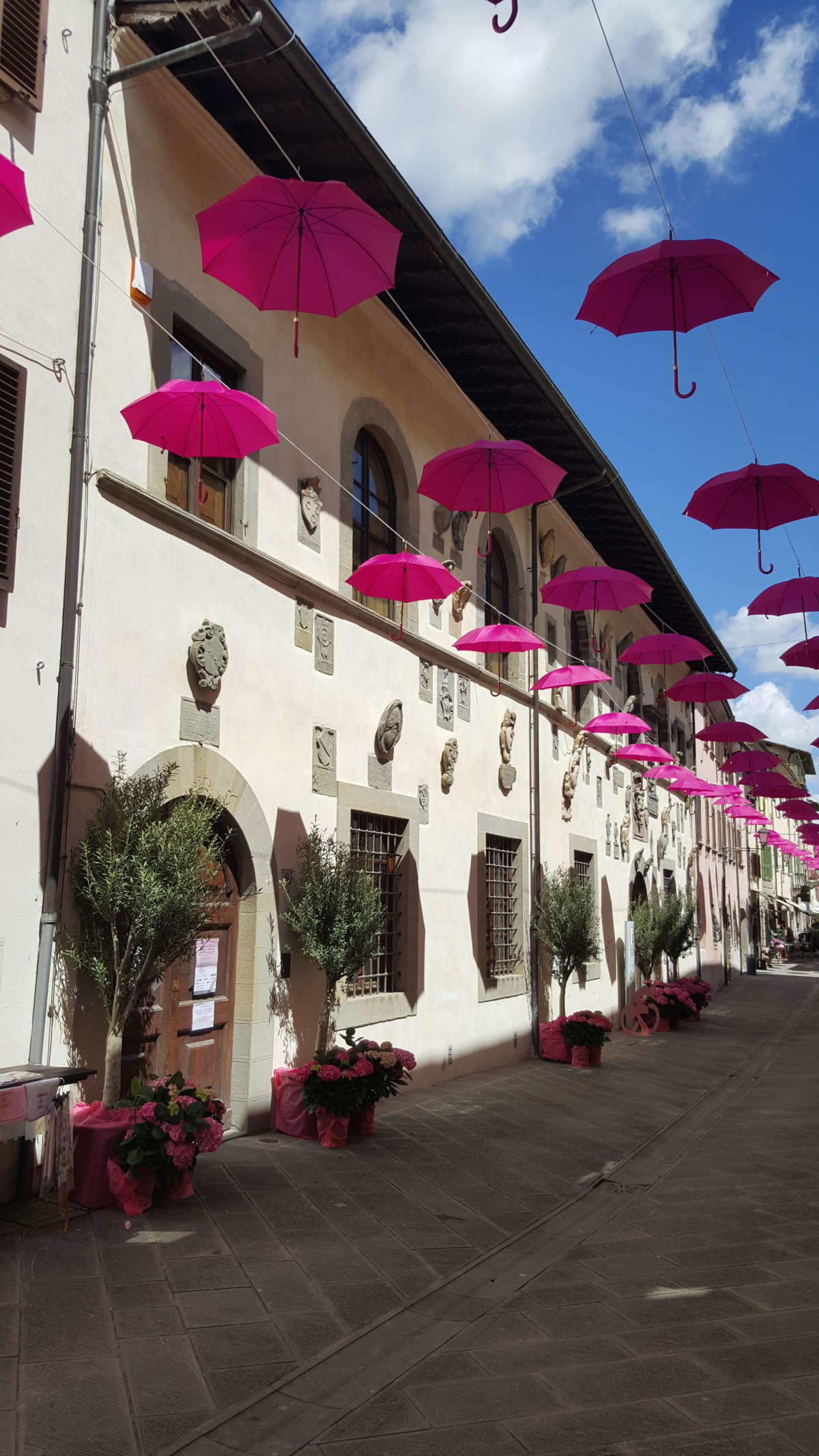
3. Mercato Saraceno
Mercato Saraceno is a village with a long history that winds through the hilly landscape of the Romagna Apennines. The village has origins with the Degli Onesti family: witnesses to this passage are the mill, standing since 1153. Its origins testify to a past made up of trade, as the name itself suggests. Even today, Mercato Saraceno retains its charm characterized by an agricultural and wine economy that enhances local products, especially wines and cheeses. The village, also declared a “Wine City,” has several attractions to visit. Prominent among them is Palazzo Dolcini, an example of Art Nouveau and Art Deco architecture, built in 1927 by architect Ugo Dolcini. Originally designed as a Casa del Fascio, it is now a multipurpose center that hosts cinema, theater and exhibitions. The 14th-century provostal church of Santa Maria Nuova in Piazza Mazzini is another landmark, while the ruins of the old bridge over the Savio and the Barbotto bridge testify to the village’s thousand-year history.
Mercato Saraceno is also an ideal destination for nature and sports lovers. The area is rich in paths surrounded by greenery, such as those of Fosso Sassignolo, which offer ideal trails for trekking. Not to be missed are the ancient parish churches, such as the Pieve dei Santi Cosma e Damiano, built on the remains of a pagan temple, and the Pieve di Monte Sorbo, dating back to the 8th century, which tell of the deep spiritual devotion of the local community. Also called Pieve di Santa Maria Annunziata, the sanctuary is an admirable example of a Romanesque church with a Greek cross plan, unique in the area. The pieve played a crucial role during the early Middle Ages, as the Savio valley was one of the main communication routes. The presence of a pieve, next to a hospitale, was essential for pilgrims on their way to Rome. The exterior of the church, made of stone and brick, is embellished with salvaged ancient marble, while the facade and exterior walls were renovated in the late 17th century. However, it is the interior that makes the parish church of Monte Sorbo a valuable artistic and architectural example. Inside there are elements of great interest, including a holy water stoup dating back to the 2nd century, medieval epigraphs, and a variety of columns that testify to the historical stratification of the building. The most striking section is a slab depicting a hand, a face and a cross, a symbol that probably indicated the church as a place of prayer and rest for pilgrims.
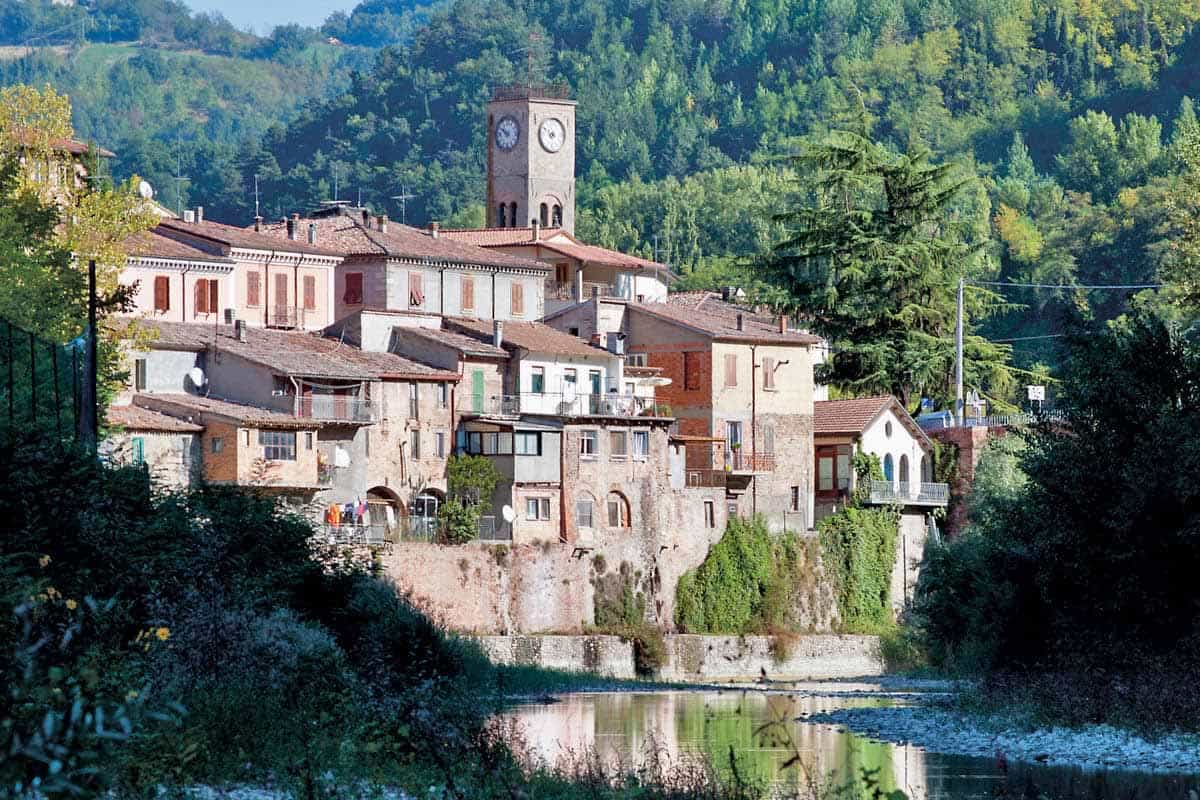
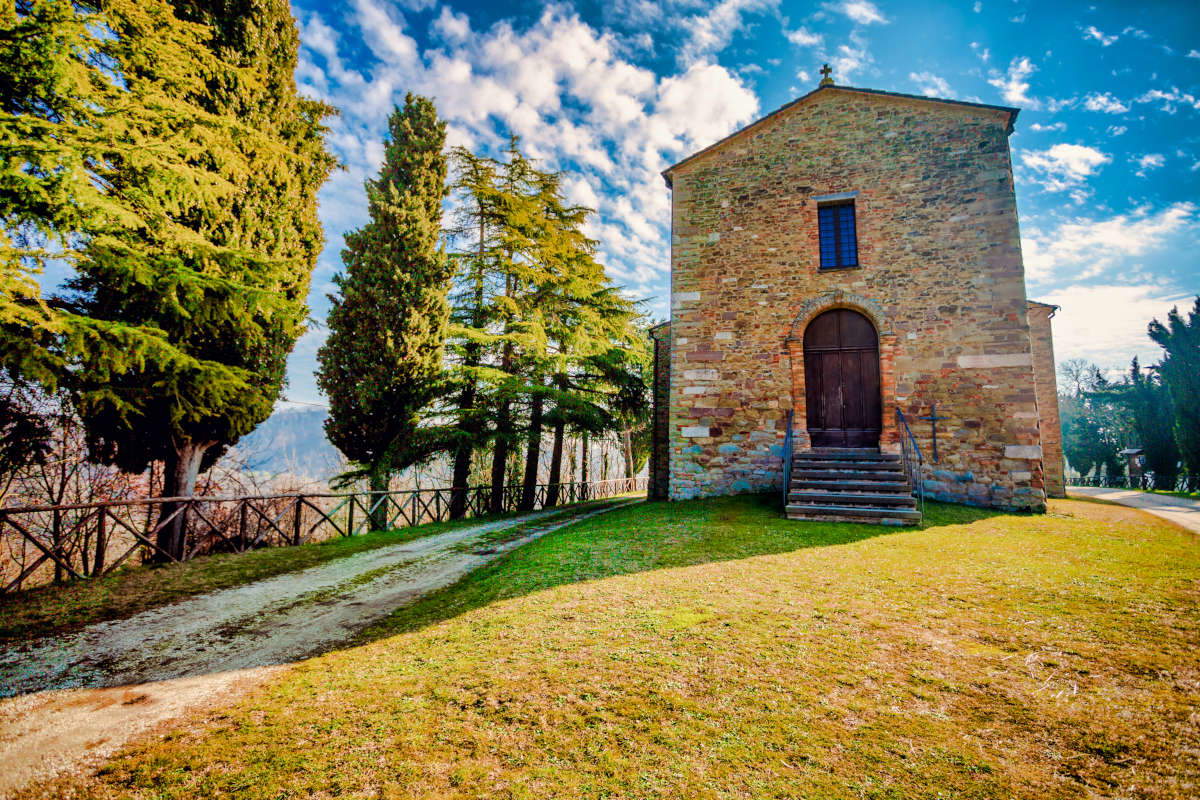
4. Sarsina
Sarsina is known for its cultural and religious heritage. Founded by the Romans, the town is famous for being the birthplace of Latin playwright Titus Maccius Plautus (Sarsina, between 255 and 250 B.C. - Rome, 184 B.C.). Every year, in his honor, the Plautus Festival, one of the most important theatrical events in Italy, is organized in the Arena Plautina, attracting visitors from all over the country. The Basilica of St. Vicinius, dedicated to the city’s patron saint, is one of the main places of worship in the area. The saint’s thaumaturgical collar, kept inside, is the object of devotion by many pilgrims who come for the rite of blessing, considered a powerful act of spiritual healing. “chain” or collar, welcome the pilgrim tourist seeking a strong spiritual experience. The interior of the Basilica, characterized by an austere brick design and divided into three naves, creates an atmosphere of tranquility, accentuated by the light that filters through the small windows and the silence that envelops it. The Chapel of San Vicinio houses the saint’s relics, making the cathedral an important place of pilgrimage.
The historic center of Sarsina preserves many vestiges of its long history, including the National Archaeological Museum, which displays artifacts from the Roman era, and the Marmitte dei Giganti Park, an impressive geological formation created by glacial erosion. The museum’s collections, mostly of local origin, span a wide time span from prehistory to late antiquity, with a special focus on the Roman period. Prominent among the exhibits are the funerary epigraphs, which provide valuable insight into the social life of ancient Sassina. Of particular interest is the large polychrome floor mosaic known as the Triumph of Dionysus, along with the imposing mausoleum of Rufus. In addition, the museum houses a group of statues depicting Phrygian and Egyptian deities, with particular emphasis on that of Attis, which constituted the main sanctuary in northern Italy dedicated to these cults. Supplies, various furnishings and a reconstruction of the dining room(triclinium) of a domus of the time complete the collection, offering a fascinating insight into daily life in antiquity. Sarsina is also a stop on the Cammino di San Vicinio, a spiritual itinerary that stretches more than 300 kilometers (186 miles) through the Savio valley and surrounding natural landscapes, including the Casentino Forest National Park. The village of Calbano, located on a hill just outside Sarsina, represented a strategic defense position for the Romans, a role it maintained even in the Middle Ages, when it was transformed into a fortress. Today, the two circular towers and the remaining wall of the keep watch Sarsina closely. In recent years, Calbano has been further enriched by the presence of the workshop of luthier Elvis Moro, who makes classic Italian guitars here, renewing the traditional construction techniques typical of our country’s musical instruments from the second half of the 18th century to the first decades of the 20th century.
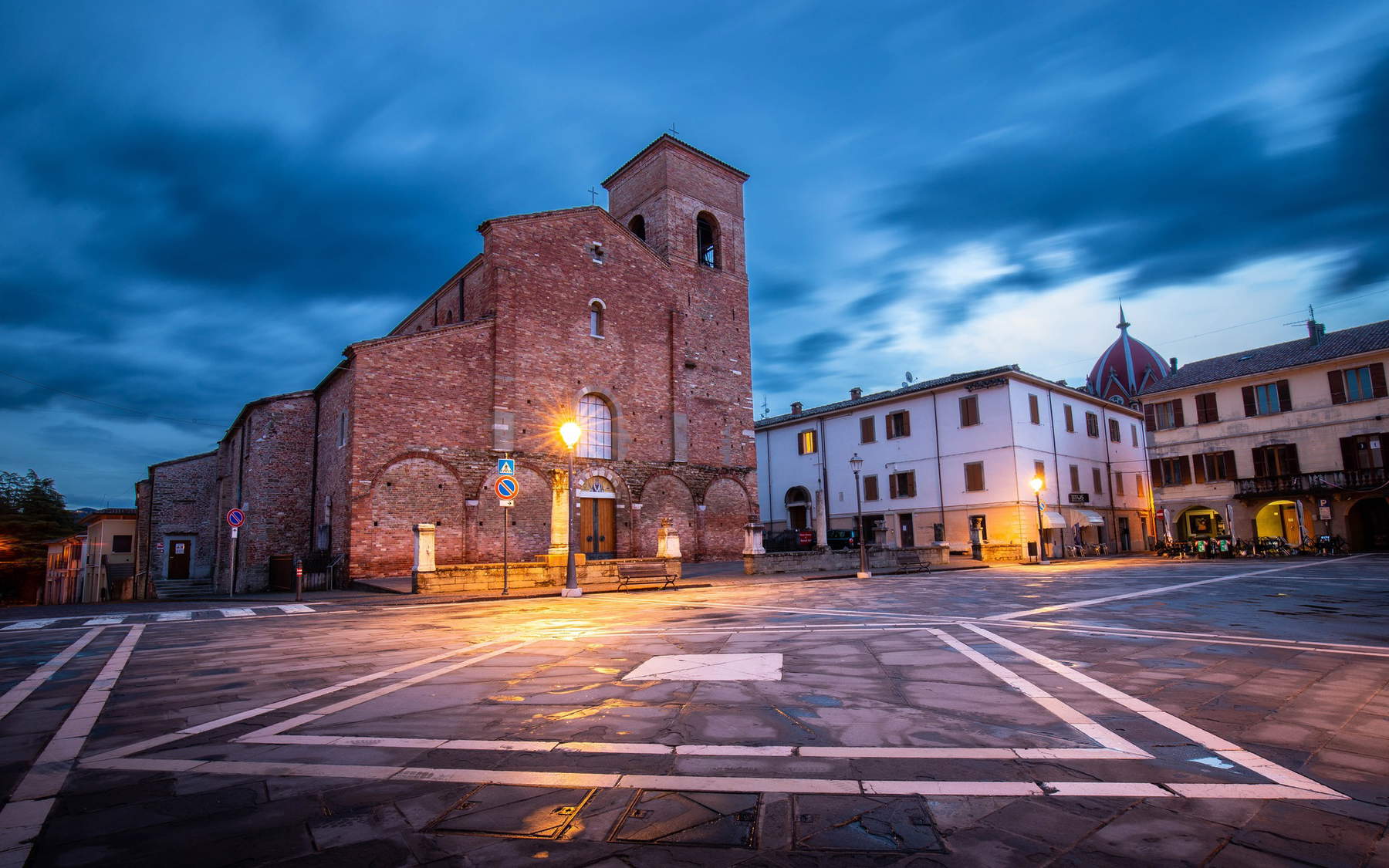
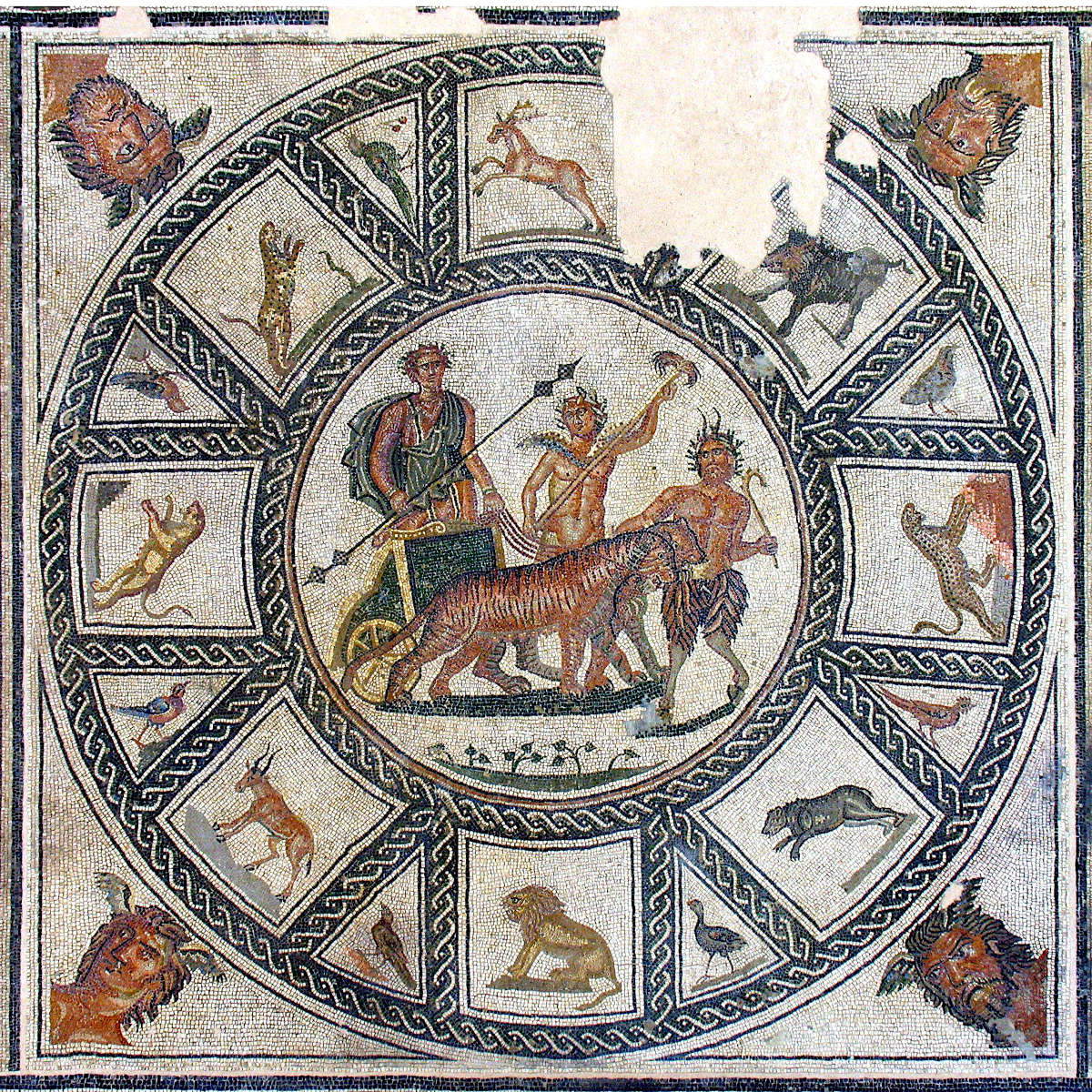
5. Montiano
The first documented mention of Montiano dates back to 895 AD, when it was donated to the Church of Ravenna by a Lombard countess, Ingeralda. Its natural balcony affords a view that sweeps from the plains to the sea and is described in the 16th century as “the most beautiful hill in Romagna, its territory being full of olive trees, wines, and beautiful fruits in the guise of a vast garden in the center of which the feudal lord owned a very comfortable dwelling.” At the center of this paradise, the feudal lord enjoyed a particularly comfortable residence, thanks to the importance and prestige conferred to the site by Giacomo Malatesta, marquis of Roncofreddo and count of Montiano. The municipality is characterized by the presence of the Rocca Malatestiana, a historic fortress that, although now partially open to the public, continues to dominate the local landscape.
The residence of the Malatesta family, commissioned by Carlo Felice, has the most significant part of its structure dating from the 16th century, although its origins can be traced back to the 9th century. Its walls, once decorated with frescoes, offer panoramic views of the surrounding valley. Heavily damaged during the last war and partially demolished to prevent further dangerous collapses, the structure was rebuilt in some sections to house a private kindergarten. Recent restoration work has restored the walls and ramparts overlooking the ancient Piazza Maggiore to their former glory. The square was recovered in 2004, following the original historical and architectural design and using typical local materials. In the Montiano area, moreover, it is possible to walk the network of Poetic Paths that wind through farms, agritourisms and local restaurants, giving an experience in the beauty and culture of the place. Montiano’s strategic location also makes it easy to reach the Adriatic Sea, only 20 km away, or to venture towards the Tuscan hinterland, renowned for its spas and picturesque villages.
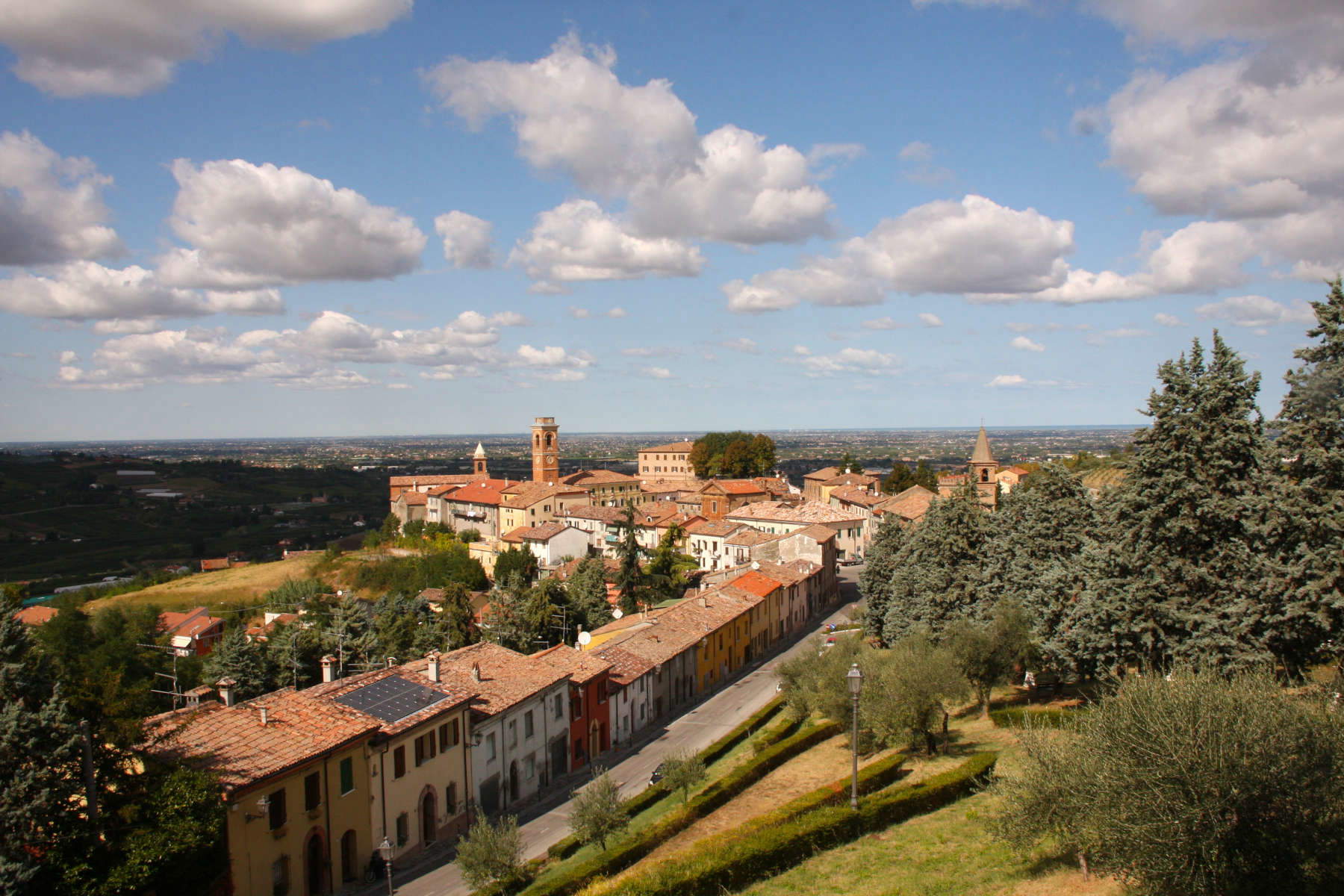

6. Verghereto
Amidst truffle deposits and chestnut forests, stands on a medieval rocky outcrop surrounded by ancient walls. Located between the Savio River and the Tiber River, Verghereto’s territory is characterized by altitudes ranging from 500 to 1,500 meters, presenting unique scenery among the peaks of the Tuscan-Romagna Apennines. The route to reach the Tiber, the river “sacred to the destinies of Rome,” is very interesting, both from a naturalistic and historical point of view. In the midst of the pristine forest, a travertine column is placed on a small clearing, marking the point where the spring emerges from the mountain.
The Savio River has the prestige of being mentioned in the Divine Comedy, as Dante chooses it to describe the city of Cesena, mentioning “quella cu’ il Savio bagna il fianco,” Inferno XXVII, 52-54. Moreover, Dante is said to have had an unflattering opinion of the people of Cesena: in one anecdote, it is said that when some people tried to rob him a short distance from the city, the poet exclaimed, “here of the Savio there is only the river!” At the birthplace of the Savio, an iron monument stands that features the image of the wolf, symbol of the hamlet of Montecoronaro, and the rings of the caveja, the pivot that fastens the wagon’s drawbar and keeps the ox yoke in place, which has become the symbol of Romagna. Verghereto’s history is intimately linked to spirituality, evidenced by the church of San Michele Arcangelo, which has dominated the area since 1372, and thehermitage of Sant’Alberico. Located a short distance from the town center, the place is a privileged destination for those who wish to experience tranquility away from the daily hustle and bustle.
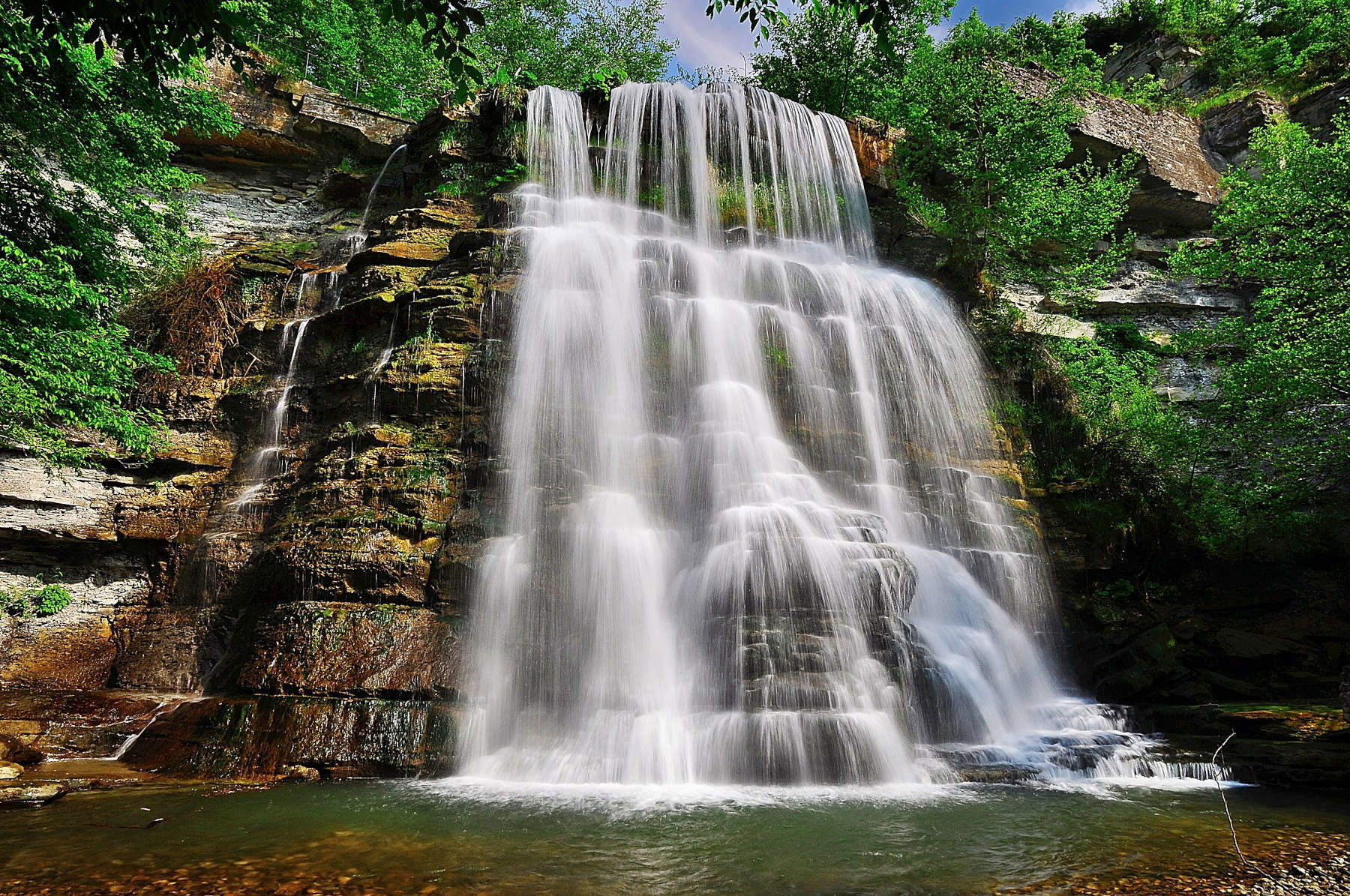
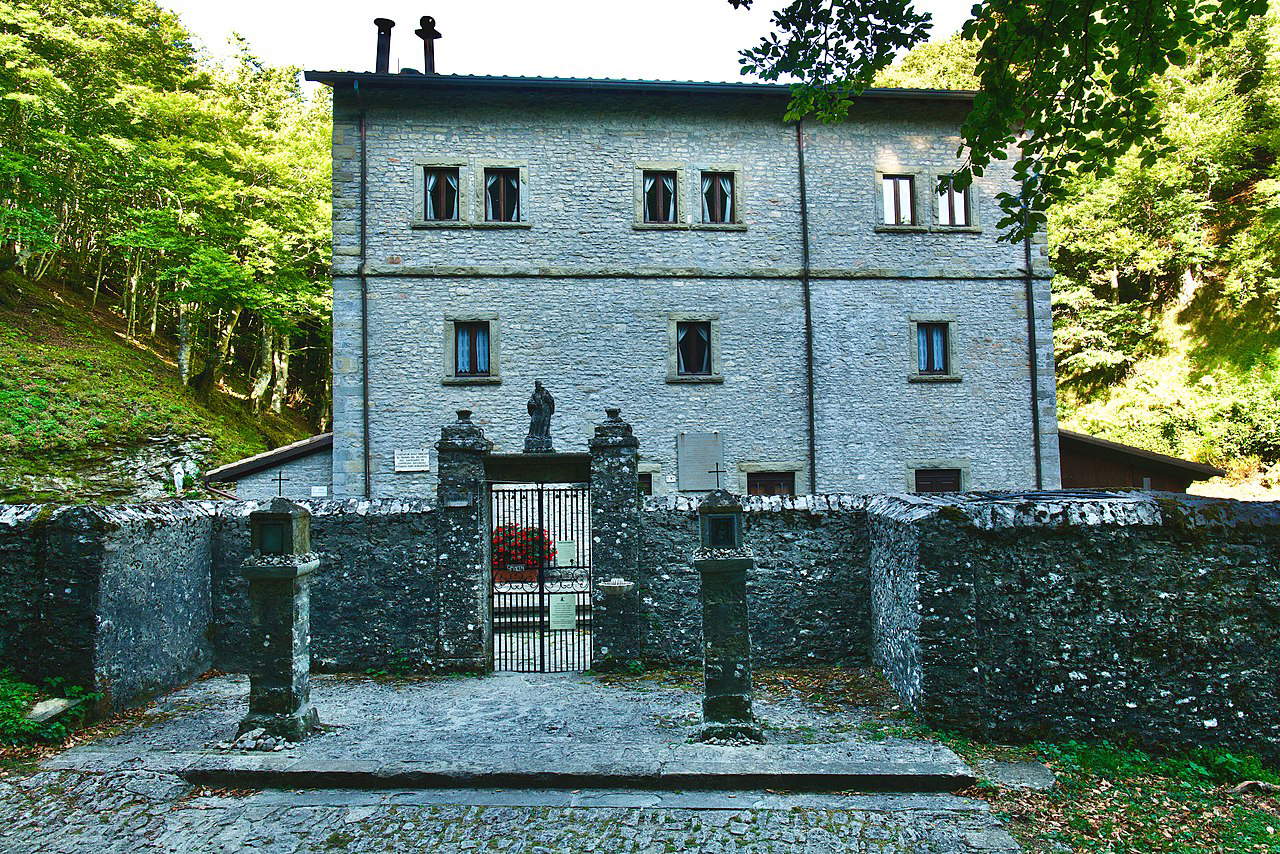
 |
| Savio Valley, what to see: 6-step itinerary |
Warning: the translation into English of the original Italian article was created using automatic tools. We undertake to review all articles, but we do not guarantee the total absence of inaccuracies in the translation due to the program. You can find the original by clicking on the ITA button. If you find any mistake,please contact us.



























